The Creative Revolution: AI and the Human Touch in Graphic Design
AI’s Transformative Touch in Graphic Design
AI is not just a buzzword; it’s a game-changer in the design industry. By automating mundane tasks and offering data-driven insights, AI tools like Adobe Firefly and Canva’s Magic Design are revolutionizing how designers work. These platforms free up time for designers to dive into more complex, creative endeavors. With AI, designers can craft more personalized and innovative designs, perfectly tailored to meet specific client needs and market trends.
The Myth of AI Replacing Human Creativity
There’s a persistent myth that AI can replace human creativity. But let’s set the record straight. While AI is brilliant at crunching numbers and generating designs based on algorithms, it lacks the emotional and cultural nuances that human designers bring to the table. The magic of human creativity lies in its ability to weave emotion and cultural context into designs—something AI simply cannot replicate. The future of design is not about replacement but collaboration, where AI tools amplify human creativity.
AI Tools: Enhancing, Not Replacing, Human Creativity
The design industry is brimming with AI tools that complement, rather than compete with, human creativity. From AI-powered photorealism to predictive heatmap tools, technology is pushing creative boundaries while preserving the unique artistic vision of designers. These tools offer insights and efficiencies that were once unimaginable, allowing designers to explore new creative frontiers.
Riding the Wave: AI Trends in Creative Industries
The generative AI market is booming, reshaping the landscape of graphic design. As AI technology advances, it opens up new avenues for designers to innovate and expand their creative horizons. Staying competitive in this rapidly evolving market means embracing AI as a partner in the creative process.
A Harmonious Future: AI and Human Designers
Looking to the future, the partnership between AI and human designers promises to be a powerhouse of creativity and innovation. AI can handle routine tasks, provide valuable data-driven insights, and unlock new creative possibilities. This collaboration allows human designers to focus on their true strengths: crafting emotionally resonant and culturally relevant designs that deeply connect with audiences.
Printnology’s Perspective: The Human Element in Branding
In the realm of print and signage, the human touch is irreplaceable. At Printnology, we understand the importance of professional design services in maintaining brand identity. Our approach emphasizes the value of human expertise in printing and graphics, ensuring that branding solutions are tailored to meet client needs and market trends. Human designers are the architects of unique brand identities that resonate with target audiences. Learn more about our design services.
The Verdict: AI and Human Creativity in Harmony
In the end, while AI is a powerful ally in the design process, it cannot replace the unique contributions of human graphic designers. The future of design lies in the harmonious synergy between AI and human creativity, where each enhances the other to produce extraordinary results. Embracing this collaboration will lead to more innovative and personalized designs that meet the ever-evolving needs of clients and consumers.
Join the Conversation: AI and Creativity in the Digital Age
As the design industry continues to evolve, it’s crucial for professionals to explore AI tools while cherishing the irreplaceable creativity of human designers. We invite you to share your thoughts and experiences with AI in graphic design, contributing to the ongoing dialogue about the future of creativity in the digital age.
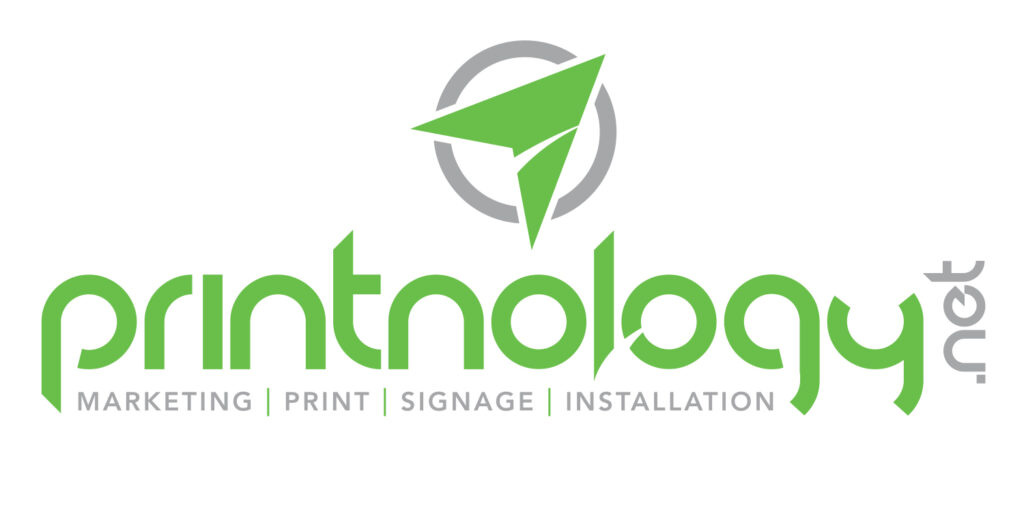
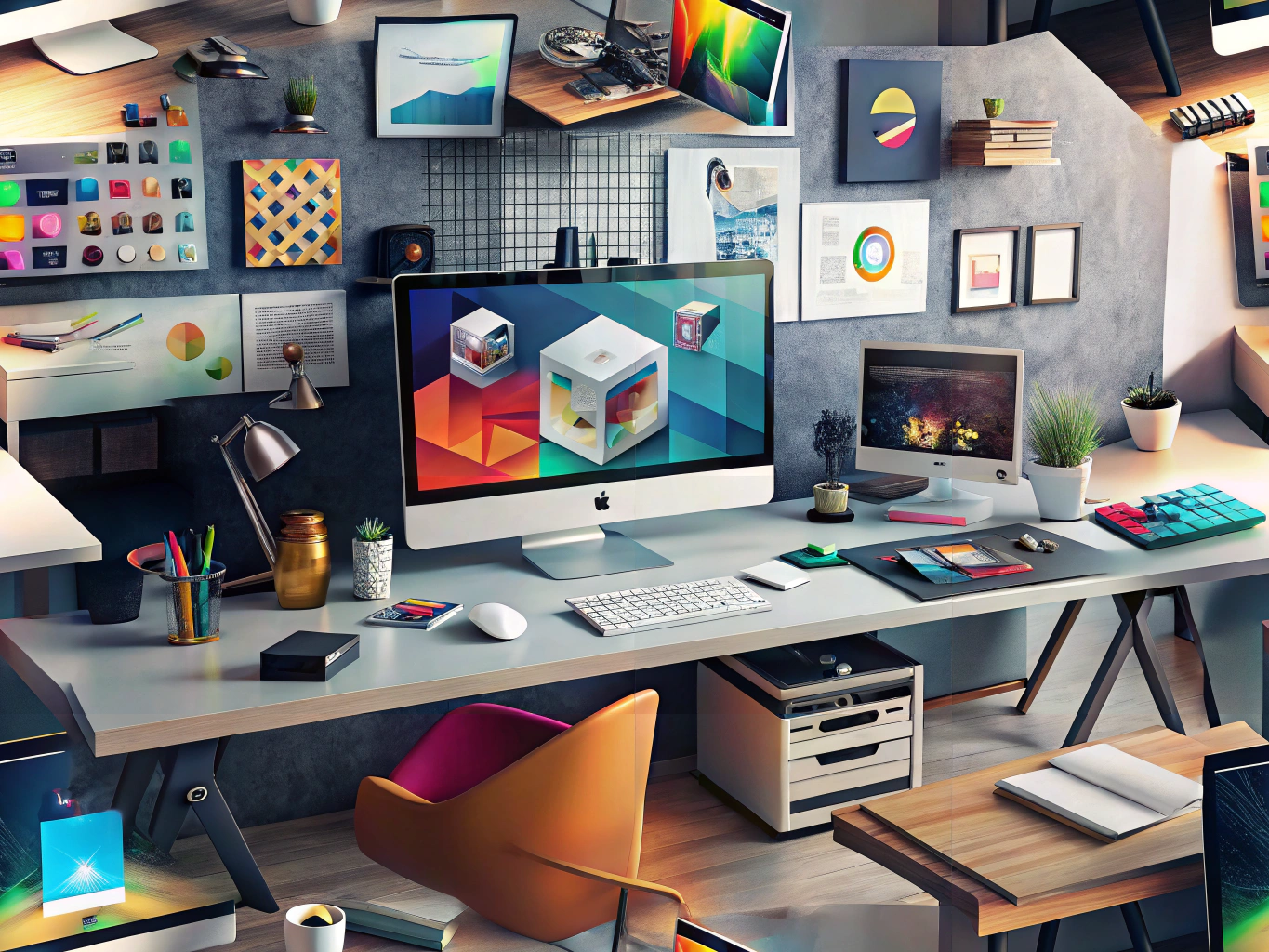



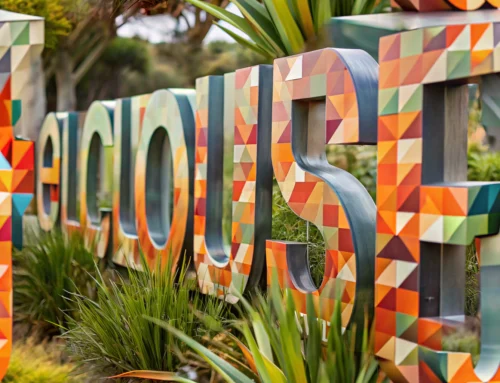
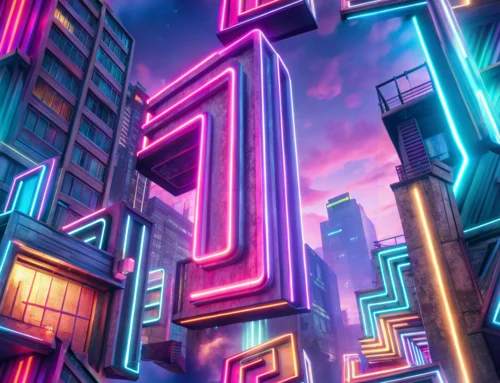




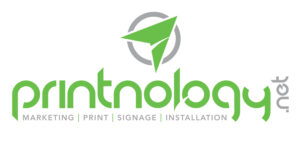
Leave A Comment